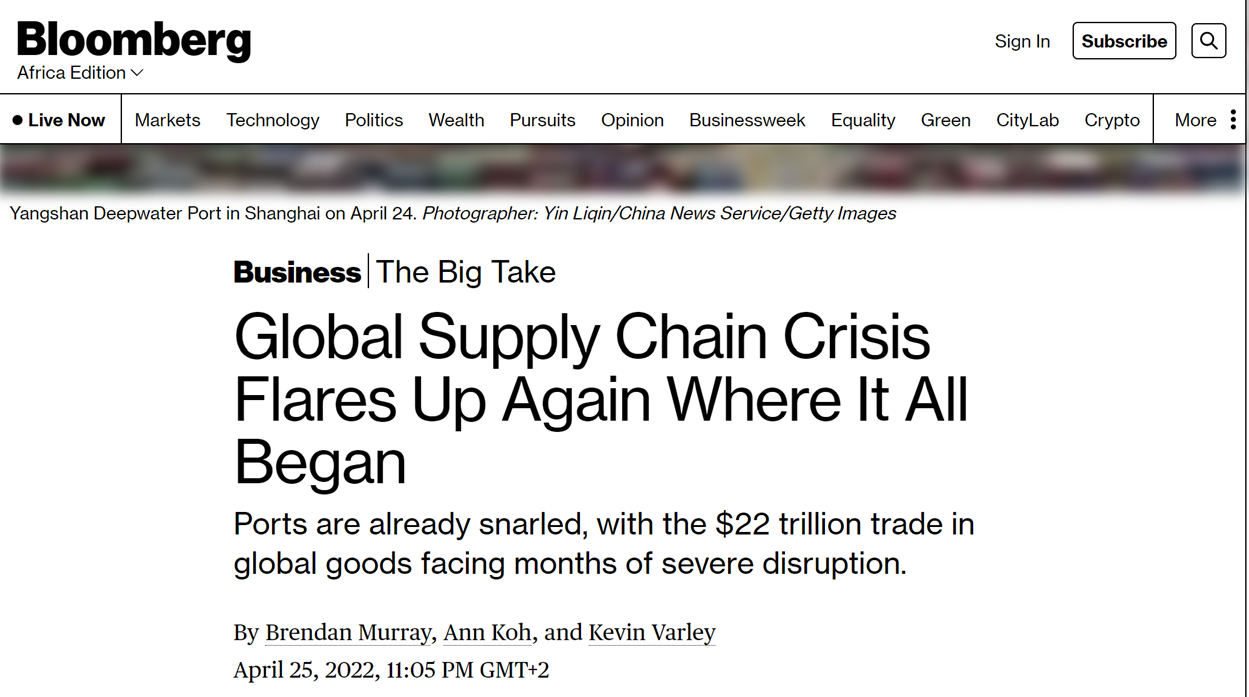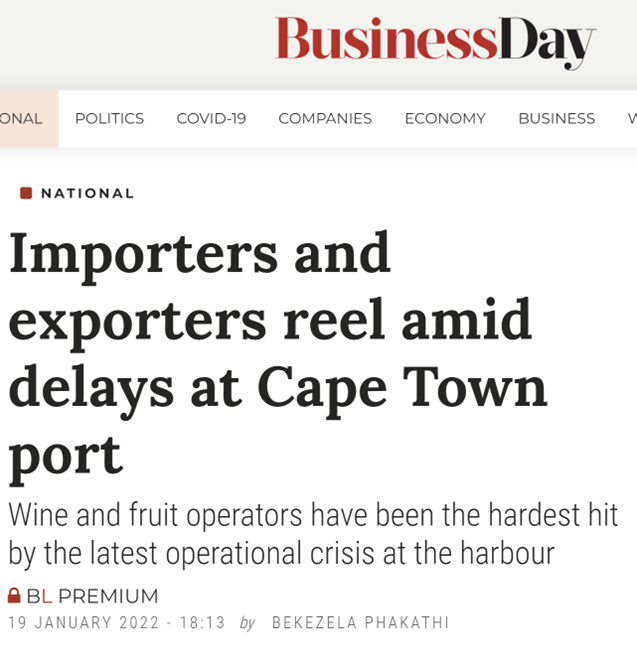SYNOPSIS: This is the 1st article for Business Leaders - looking at recent financial, economic and/or political events and issues inside or outside the South African business ecosystem that could have a local bottom-line impact.
ESTIMATED READING TIME: 5min +
Recent Events & Issues that Could Affect Your Bottom Line
In an increasingly disruptive business environment, staying abreast with the latest developments that could influence your bottom line, is crucial. 2025 certainly hit the ground running. In this article, we will look at some of the most important legal developments to impact the South African economy and businesses operating therein in the year to date (period Jan – 5 Feb 2025):
Interest rates
The SARB reduced interest by 0.25%. Since the beginning of 2024, the Fed has reduced US interest rates by 1%, while closer to home, the SARB (which monitors the Fed closely) has only reduced rates by 0.75%, notwithstanding subdued inflation coming in lower than the target 3-6% target (2.8% in October 2024).
While some economists support the SARB’s conservative
approach, we believe the economy desperately needs a boost from challenging trading
conditions, which resulted in 1 461 business liquidations recorded From January
to November 2024 (a tiny improvement against 2023 figures).
How this can impact your business:
- Mounting consumer hardships reducing discretionary
spending and impacting the affordability of consumer and business debt
repayments
- Higher cost of debt for longer periods than anticipated may result in liquidity and solvency issues which may impact Financing terms (Credit arrangements/trade terms and debt covenants) between trading partners and or with financial institutions, ultimately resulting in higher business closures + Increased business risk
Read more:
- https://dailyinvestor.com/finance/76164/reserve-bank-cuts-south-african-interest-rates-to-lowest-level-since-2023/
- https://www.moneyweb.co.za/financial-advisor-views/fewer-businesses-closing-their-doors-but-late-year-spike-raises-questions/
New Draft Code for Dismissals
The
Department of Employment and Labour published the Draft Code of Good Practice
on Dismissals for comment on 21 January.
·
The new Code proposes more flexibility, specifically
for smaller businesses burdened by time-consuming admin processes.
·
Focus areas include:
- Misconduct and procedural fairness
- Dismissals for incapacity and poor performance
- Dismissals for participation in unprotected
strikes
- Dismissals for operational requirements
(retrenchments)
- Deadline to comment
How this can impact your business:
Businesses have an opportunity to comment and potentially influence the proposals.
Read more:
- https://www.labour.gov.za/call-for-inputs-on-draft-code-of-good-practice-on-dismissal-to-regulate-labour-relations?fbclid=IwY2xjawINmJdleHRuA2FlbQIxMAABHfDSRmoUoxctquEdrV83ka6m6zbQyQ0UfUGeztHi1D6zLKnX2kIj-PYfag_aem_vznHo__nphC1zVnW91uZbQ
- https://www.moonstone.co.za/new-draft-code-on-dismissals-what-employers-need-to-know/#:~:text=The%20Draft%20Code%20revises%20and,unprotected%20strikes%2C%20and%20operational%20requirements.
- https://bowmanslaw.com/insights/south-africa-draft-code-on-dismissal-the-old-the-new-and-the-in-between/
South Africa's Expropriation Without Compensation (EWC)
In a move that surprised many even inside his own Government-of-National-Unity, Pres Ramaphosa signed the very contentious bill soon after his return from Davos 23 Jan 2025. The Act outlines how expropriation can be done and on what basis, and makes provision for Expropriation without Compensation.
This highly contentious legislation has been decades in the making, following the National Assembly’s adoption of the motion in February 2018. A period of public consultation ensued, during which various civic and private organisations coordinated public submissions. One round alone resulted in over 720,000 written submissions, the majority of which opposed the bill, yet appear to have been largely disregarded.
Dear South Africa ran at least three
public campaigns, the largest of which objected specifically to the 18th Amendment of the
Constitution Bill, gathering 190,573 submissions by the closing date of 29
February 2020, with 90% outright objections.
While the procedural steps of the legal
process appear to have been followed in form, the substantive integrity of the
drafting process is arguably questionable. The limited time allocated for
finalising the legislation meant that a significant volume of public opposition
was not meaningfully reviewed, considered, or incorporated—a criticism echoed
by parties across the spectrum.
This raises concerns over whether the final
version of the Act truly reflects public consultation or if the process merely
served as a procedural rubber-stamping exercise. It exemplifies a broader substance
versus form issue, where technical compliance with the process may have come at
the expense of genuine public engagement and democratic accountability.
In addition to procedural concerns, critics
argue that expropriation without compensation may violate property rights
enshrined in the Constitution, challenging the balance between public interest
and individual rights. This tension raises significant legal questions about
the Act's alignment with constitutional principles.
While various countries have expropriation legislation to
deal with e.g. building roads, schools, or other infrastructure soberly and
clearly, this specific piece of legislation deals with a very emotive topic in
a manner that appears to be (unintentionally or deliberately?) vague and unnecessarily wide in its current
scope and format. Various legal scholars questioned its constitutional compliance,
and it is likely to spend some time in court.
How this can impact your business:
·
Keep a close eye on the legal developments surrounding this
case – it is likely to be challenged in the courts.
- A comprehensive review of the contents of this Act deserves a much longer article, so below we have provided references to selected articles.
- Contrary to popular opinion and “legal experts” on social media, this Act appears light on safeguards and checks or balances. Requirements for expropriation are not as tightly defined as one might hope for and are arguably open to interpretation and discretion – being “public purpose” or in “the public interest”, “just and equitable”, and there appears to be not much in the line of explicit conditions for when nil compensation applies.
- Furthermore, the scope of this Act is not limited to farmland – the Act itself clearly states that “property is not limited to land”, or even fixed property (which may come as a surprise to some). The implication is therefore that the scope of any expropriation with or without compensation could be any property (including but not necessarily limited to the following types of property) - held arguably anywhere, whether held for trade, speculative or investment purposes or used in the ordinary course of business:
- Real Estate & Fixed Property: Factories, stores, warehouses, land, admin offices, parking areas, yards, farms, mines, residential properties.
- Vehicles & Transport Assets: Trucks, delivery vans, company cars, aircraft, ships, rail assets.
- Office & Business Furnishings: Furniture, computers, office supplies, security systems.
- Inventory & Stock: Work-in-progress, finished goods, raw materials, consignment stock
- Machinery & Equipment: Industrial machines, tools, manufacturing plants, heavy-duty equipment.
- Intellectual Property: Patents, trademarks, copyrights, trade secrets, know-how, software, proprietary code.- Data & Digital Assets: Client lists, customer data, proprietary business databases, and analytics models.- Brand & Market Assets: Goodwill, brand equity, domain names, reputation-based business value.
- Marketable Securities: Shares, bonds, options, derivatives, unit trusts.- Cash & Cash Equivalents: Bank accounts, petty cash, money market accounts.- Retirement & Insurance Assets: Pension and provident funds, annuities, life insurance policies, reinsurance reserves.- Alternative & Speculative Investments: Cryptocurrency, NFTs, precious metals, art, rare collectables.- Business & Equity Holdings: Private equity, venture capital stakes, financial holdings in subsidiaries, associates, offshore investments.- Debt Instruments & Receivables: Debtors, outstanding invoices, corporate loans, securitised assets.
- 4. Legal & Contractual Rights
- Revenue-Generating Agreements: Royalties, franchising rights, intellectual property licensing agreements.- Contracts & Business Agreements: Leases, rentals, usufructs, servitudes, access rights, exclusivity agreements.- Licenses & Permits: Liquor licenses, trading licenses, mining rights, telecommunications spectrum.
- Government & Private Concessions: Public-private partnership agreements, toll road concessions, energy supply agreements.
- Supply Chain & Distribution Rights: Exclusive supplier agreements, distribution territories, import/export quotas.
- https://www.parliament.gov.za/project-event-details/1670
- https://www.schindlers.co.za/expropriation-8-where-on-earth-are-we-south-africa/
- https://www.politicsweb.co.za/opinion/a-mockery-of-public-consultation-on-the-ewc-issue
- https://www.bbc.com/news/articles/cvg9w4n6gp5o
- https://www.politicsweb.co.za/politics/ewc-mps-must-exercise-section-80-option--fw-de-kle
- https://irr.org.za/media/land-expropriation-public-opinion-ignored-2013-committees-breach-constitutional-obligations-biznews
- https://www.africanlawbusiness.com/news/opposition-parties-threaten-legal-action-over-south-africa-expropriation-bill/
- https://www.sajr.co.za/six-myths-underpinning-the-expropriation-act/
- https://dearsouthafrica.co.za/constitution-eighteenth-amendment-bill/report/
Pres Trump’s reply to EWC
In
an unexpected early morning (2 Feb 2025 early SA local time) social media post,
Pres Trump pointed out that unfair treatment and a potential Human Rights violation
is in the process of happening in South Africa, threatening to withhold future
US funding. As can be imagined, this
early morning message caught the South African government off-guard and caused consternation
in the local media and financial markets.
The South African government immediately downplayed the
potential implications of the EWC legislation, with Pres Ramaphosa indicating we
are ready to engage with the Trump administration to clarify any misunderstandings or misinterpretations. The
stakes are quite high for South Africa, with not only US funding but also South
African access to US markets via AGOA, and US FDI at stake.
How this can impact your business:
- Immediate temporary halt of all US-funded
projects in SA until further investigation.
- The US is regularly in the top 4-5 countries
of South Africa’s major trading partners. In 2024 SA exported R 156 759 137 850
to the US and imported R 120 440 746 846 from them – data from
SARS.
- South Africa enjoys eligibility to participate
in AGOA (African Growth and Opportunity Act) which allows the country to export
a wide range of products to the United States duty-free. The next annual eligibility
review will occur later in 2025.
- Depending on whether the findings of the US
investigation are satisfactory (to them) or not, this could result in longer-term and broader impact and it could expand beyond the US – think reduced foreign aid, reduced FDI, withdrawal of investments, etc.
Re Read more:
- https://www.moneyweb.co.za/news-fast-news/trump-threatens-south-africa-on-land-expropriation/
- https://www.bbc.com/news/articles/cn01z1yy0jno
- https://www.semafor.com/article/02/03/2025/south-africa-pushes-back-at-trump-funding-threat
- https://www.businesslive.co.za/bd/national/2025-02-04-steenhuisen-clarifies-expropriation-act-after-trump-threatens-to-cut-aid/
- https://www.dailymaverick.co.za/article/2025-02-04-donald-trump-and-south-africa-this-is-just-the-beginning/?utm_source=Sailthru&utm_medium=email&utm_campaign=first_thing
Need more information? Want to start a pilot project? Please contact us for a confidential discussion of your requirements






























